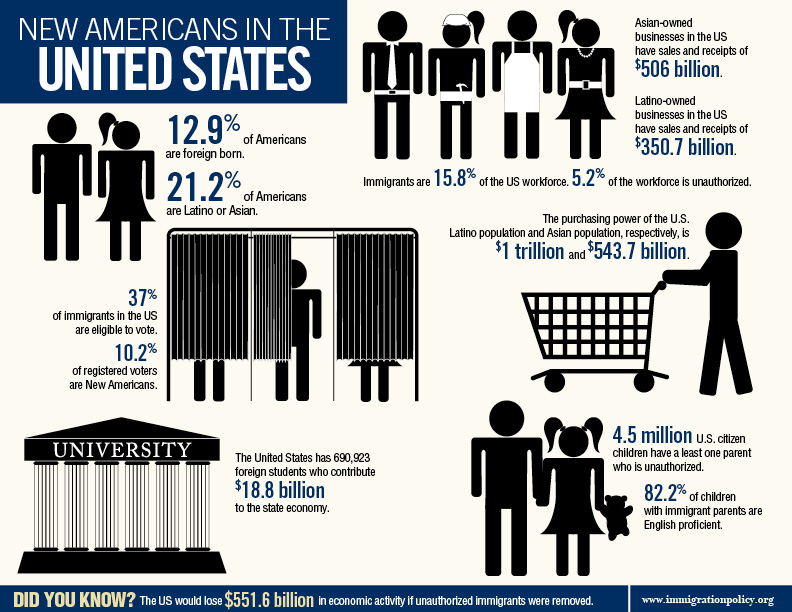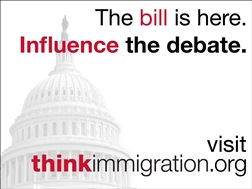On June 15, 2012, the Obama administration announced that it will offer “deferred action” to immigrants who were brought to the United States as children and meet other specific requirements. Hailed by immigrant-rights advocates as a bold response to the broken immigration system, the move temporarily eliminates the possibility of deportation for many youths who would qualify for relief under the DREAM Act—thereby giving Congress the space needed to craft a bipartisan solution that gives permanent residence to qualifying young people. This Q&A guide outlines basic facts about the “Deferred Action for Childhood Arrivals” (DACA) initiative, including eligibility requirements and important information on process and timing.
Additional information may be obtained from U.S. Citizenship and Immigration Services (USCIS) by calling (800) 375-5283 or visiting www.uscis.gov/childhoodarrivals. Attorneys and other legal representatives may also wish to consult the practice advisory from the American Immigration Council’s Legal Action Center, Deferred Action for Childhood Arrivals.
What is deferred action?
When an immigrant is granted “deferred action,” it means the Department of Homeland Security (DHS) has deemed the individual a low priority for immigration enforcement and has chosen to exercise its discretion and not deport the individual. Deferred action provides temporary relief from enforcement but may be revoked at any time. Deferred action is not amnesty or immunity. It does not provide lawful immigration status or a path to a green card or citizenship. It does not extend to any family members of the person granted deferred action.
Who will be eligible for deferred action?Read more...
Published On: Fri, Aug 17, 2012 | Download File


 The Political and Economic Power of Immigrants, Latinos, and Asians in the United States (Updated January 2012)
The Political and Economic Power of Immigrants, Latinos, and Asians in the United States (Updated January 2012)

